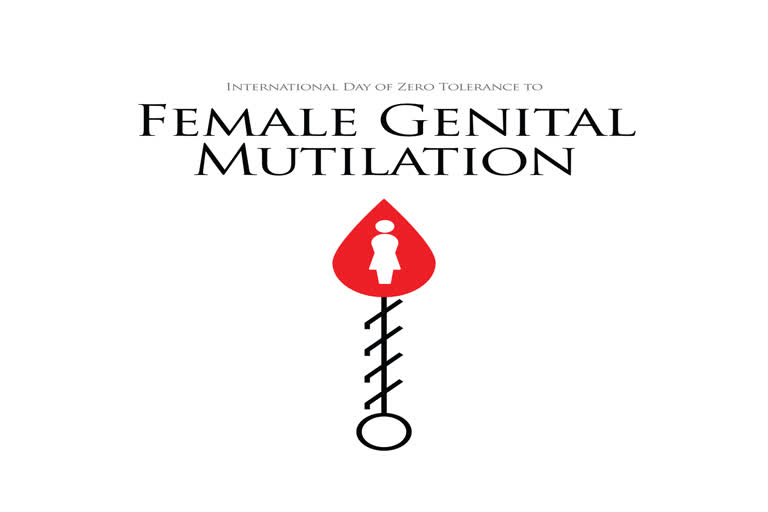Every year on 6th February, the International Day of Zero Tolerance for Female Genital Mutilation (FGM) is observed to educate and raise awareness about the harms of FGM and to end it in every possible way. 'Together, we can eliminate female genital Mutilation by 2030. Doing so will have a positive ripple effect on the health, education, and economic advancement of girls and women”, said the UN Secretary-General António Guterres. On this day, people from all around the world come together to put an end to the practice of harassing women in the name of religion and traditions.
FGM, as the United Nations Organization (UN), refers to all procedures that involve altering or injuring the female genitalia for non-medical reasons and is recognized internationally as a violation of the human rights, the health, and the integrity of girls and women. Girls who undergo female genital mutilation face short-term complications such as severe pain, shock, excessive bleeding, infections, and difficulty in passing urine, as well as long-term consequences for their sexual and reproductive health and mental health.
History And States Of International Day of Zero Tolerance for Female Genital Mutilation
In 1997, the World Health Organization (WHO) issued a statement jointly with UNICEF and UNFPA opposing the practice and since then, many efforts on the international level are being made every year. In 2007, a joint program was launched by UNFPA and UNICEF to protest against this practice. Following which the 2012 United Nations General Assembly passed a resolution and designated February 6 as the International Day of Zero Tolerance for Female Genital Mutilation.
This year too, UNFPA and UNICEF have come together with an aim to end FGM and the Inter-African Committee on Traditional Practices (IAC) has jointly launched the 2021 theme: "No Time for Global Inaction, Unite, Fund, and Act to End Female Genital Mutilation." Every year on this occasion, various programs are organized by the UNFPA under a campaign called "A Peace of Me" to eradicate female genital mutilation.
According to the WHO, every year at least $1.4 billion is spent on the treatment of women and young girls facing the side effects of FGM. According to an estimate, more than 200 million women and girls face FGM every year for cultural and non-medical reasons. Un says that in 2021 alone, there are 4.16 million girls around the world, who are at risk of undergoing female genital Mutilation. According to UNICEF, about one-fourth of the victims of it, i.e. about 5.2 crore women and girls, do not get health care due to various reasons. Also, the UN states that although primarily concentrated in 30 countries in Africa and the Middle East, female genital Mutilation is a universal problem and is also practiced in some countries in Asia and Latin America. Female genital mutilation continues to persist amongst immigrant populations living in Western Europe, North America, Australia, and New Zealand.
